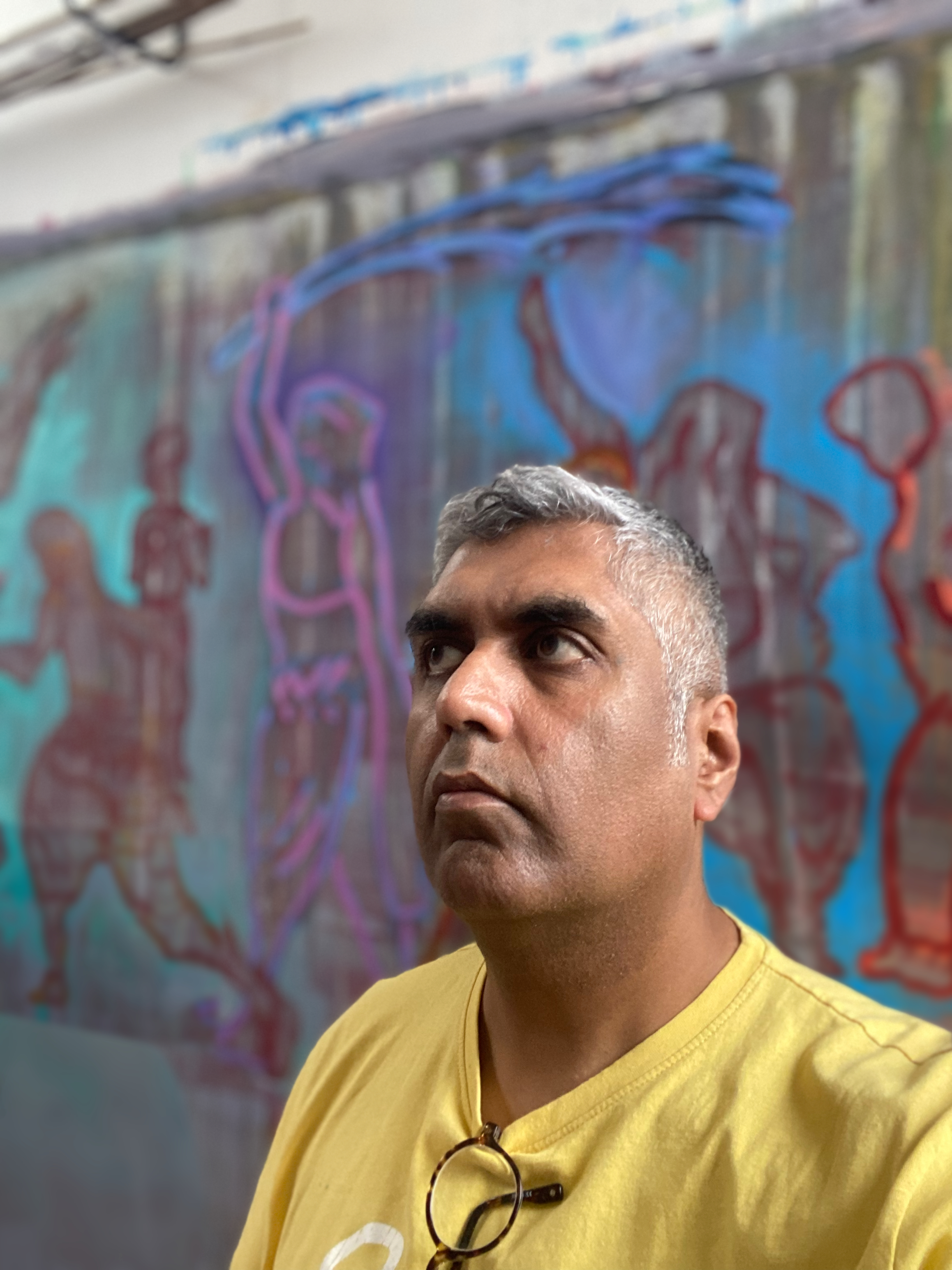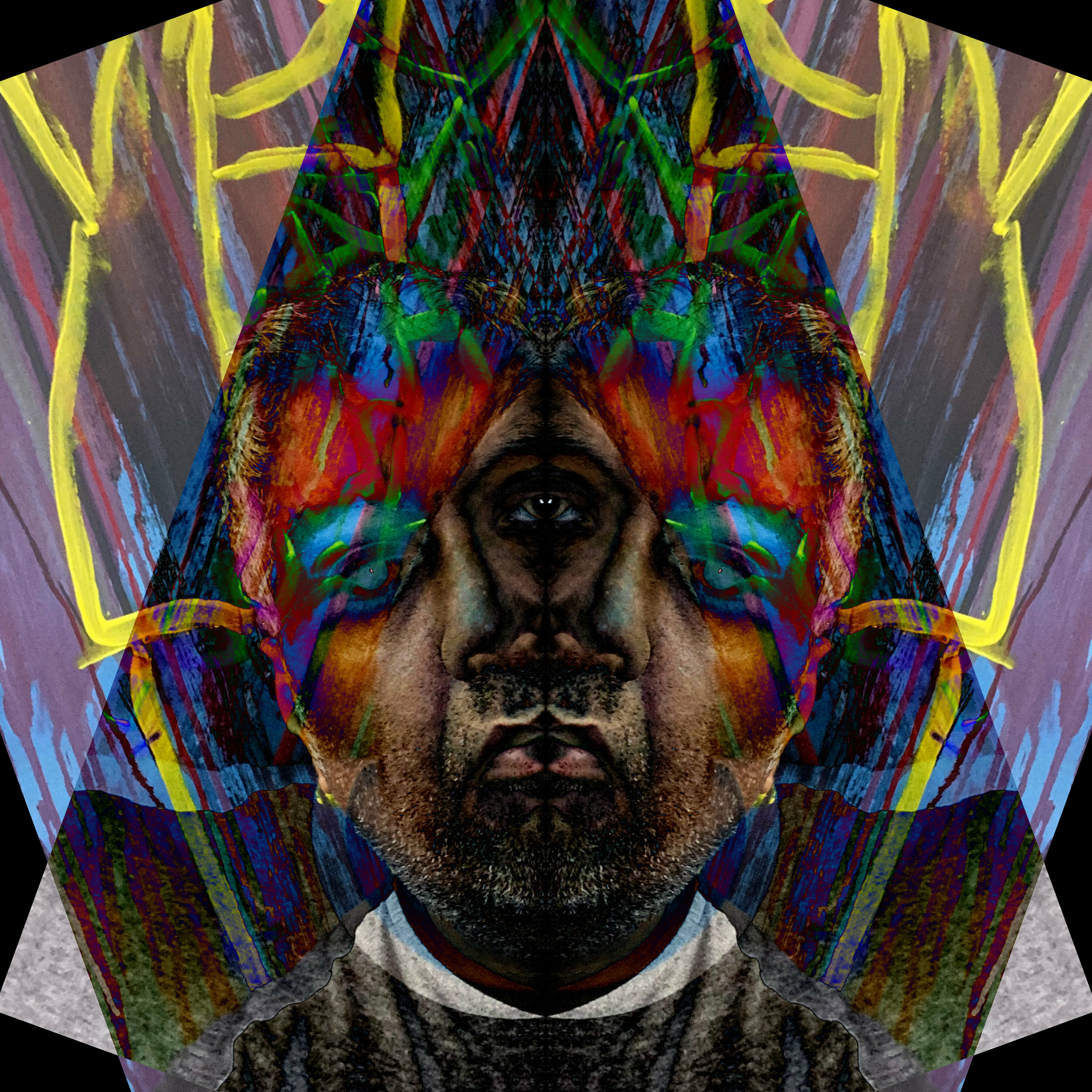
Reflections on Don’t Stare
In November 2023, Ikon Youth Programme (IYP) organised a talk with Ashokkumar D Mistry. Hosted within their collaborative showcase of photography and moving image, the group discussed ideas around masking.
In this review, artist and writer Sonia Boué shares her reflections on the showcase and the event, from a neurodivergent perspective. Boué discusses the artist’s engagement practice and the mutual impact of the collaboration.
The artist, Ashokkumar D Mistry has collaborated with Ikon Youth Programme (IYP) to produce a series of arresting printed portraits on aluminium called Don’t Stare. Confrontational, ambiguous and strangely beautiful, these intriguing works each combine two photographic portraits of the subject which, through the alchemy of digital software, appear almost entirely refracted and yet whole. Don’t Stare is the title of this series, yet, paradoxically, the eye is both deflected and drawn in at the same time.
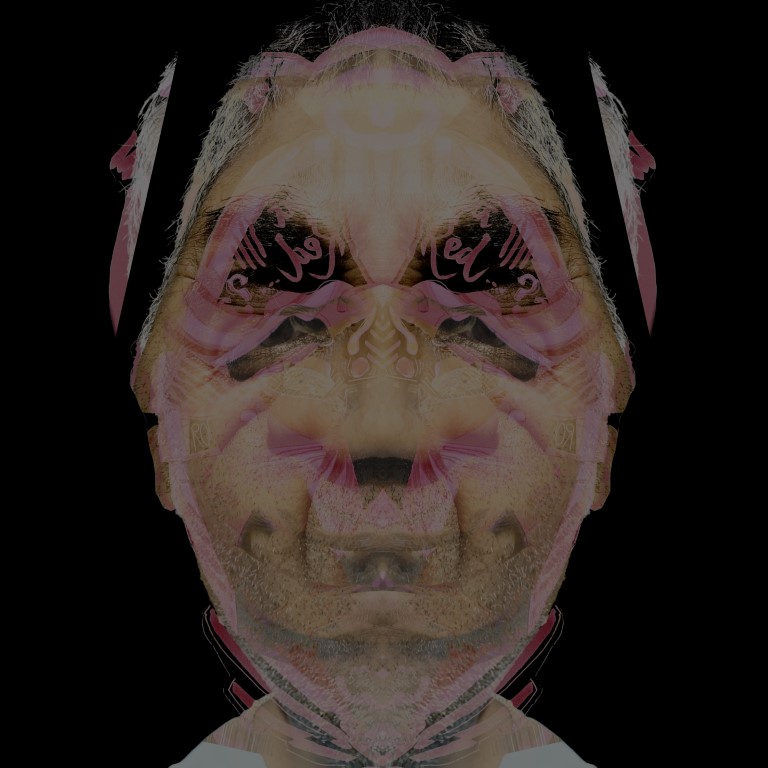
Don’t Stare is also the title of the artist’s ongoing exploration into the ‘archeology of the self’ and reflects a concern with a mismatch of self-perception with that of others. Furthermore, it can be seen as a manifestation of Mistry’s overarching ‘creative continuum’ concept, which represents the merging of life with art. Indeed, Mistry’s ‘creative continuum’ hints at an embodied approach to making in which formal categories for art making and the boundaries between art and life dissolve, allowing for immediacy, synergy and a heightened sense of connection. It is also about a creative lineage or heritage (if you like) by which Mistry has, for example, absorbed an unusual use of colour in his work from his mother’s unconventional crochet palette. An early childhood memory of a swirling mustard and orange crochet blanket lives on in the artist’s eye, infusing his multiform works with a distinctive and vibrant colour sense. In Mistry’s creative world we all carry such ‘creative continuums’ within us, and collaborations can be forged at the intersection where two creative souls meet and (most importantly) play. It is but one facet of the intellectual underpinning of this rich, generous and (yes) intoxicating work. It is both the fulcrum for the work and the zone it inhabits.
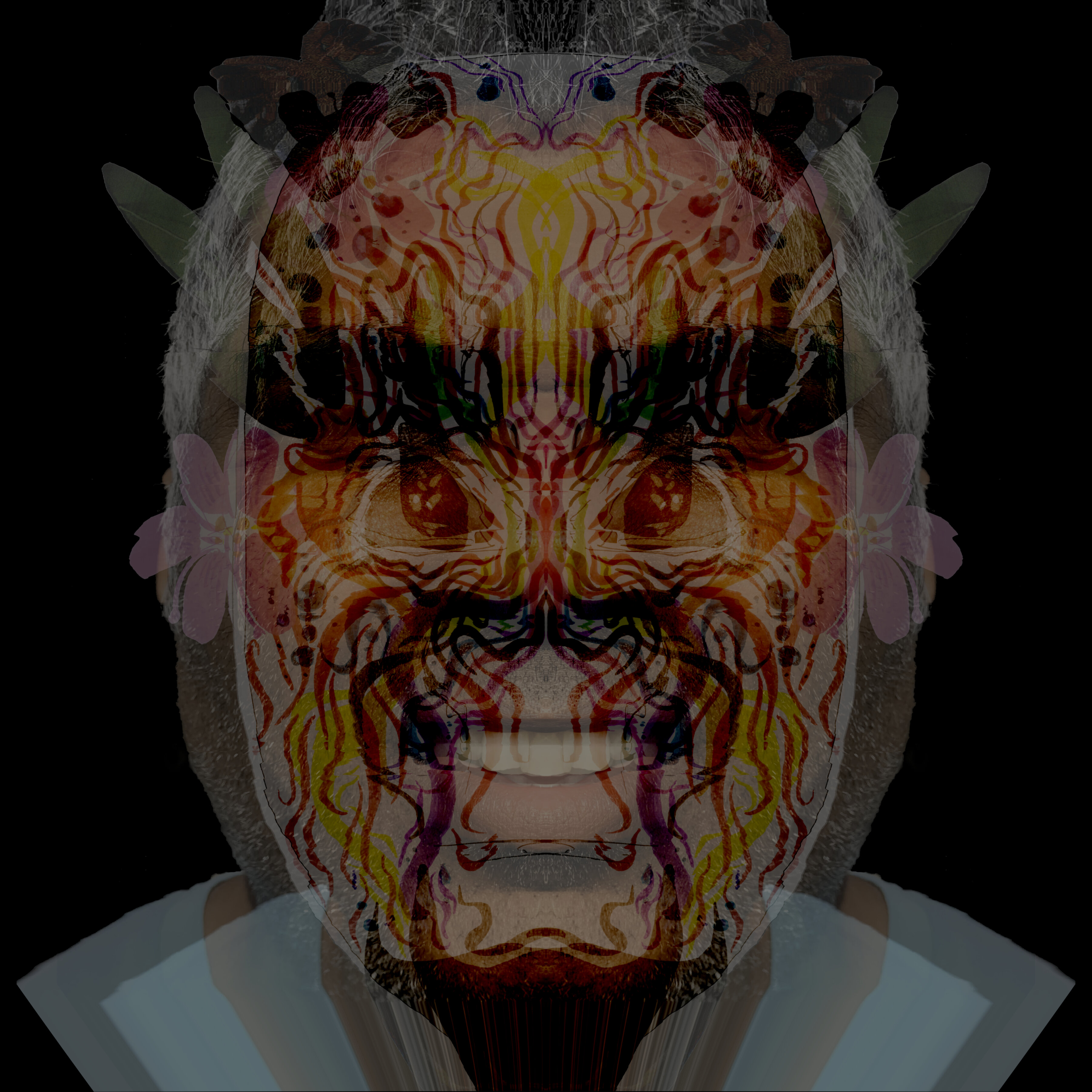
Don’t Stare has been presented at Ikon Gallery, Birmingham in various locations; portraits appeared in the foyer and at the entrance to the main showing in a white rectangular gallery, in which the informal panel event was also hosted. I was struck by the contrast between the work’s kaleidoscopic intensity and the spaciousness granted to it. For me this represented a perfect counterpoint, the works flashing before the eye as a passing beam of light refracted through a prism bouncing off a white wall. The trick here has been to capture light and life in all its motion and frame it.
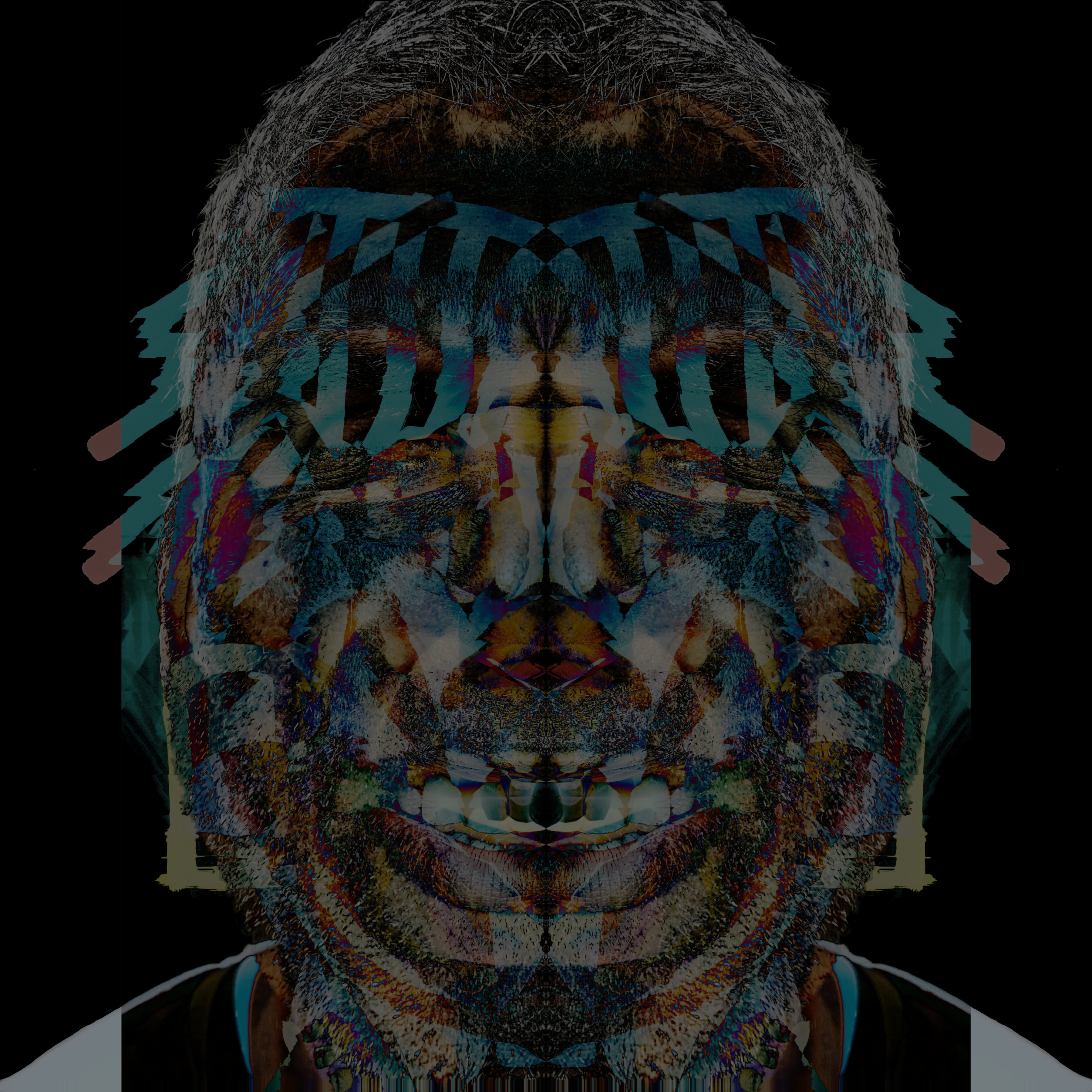
Light is so integral to the work that the choice to print onto aluminium created the need to tilt the portraits slightly upwards, in order to avoid direct light flattening the images by reducing the highlights. This had an uncanny effect of producing a subtle strip of light appearing at the base of each portrait, or so it seemed to my eye. Thus, they seemed almost to float or simply manifest, thereby adding to a sense of wonder, as for the non-technical mind digital processes are a form of magic. A decision not to label the works took this one step further, leading to a sense of ambiguity I found interesting. Who was I both staring at and not staring at? As someone who experiences challenges in the area of facial recognition, this game of p/layering with portraits felt strangely familiar.
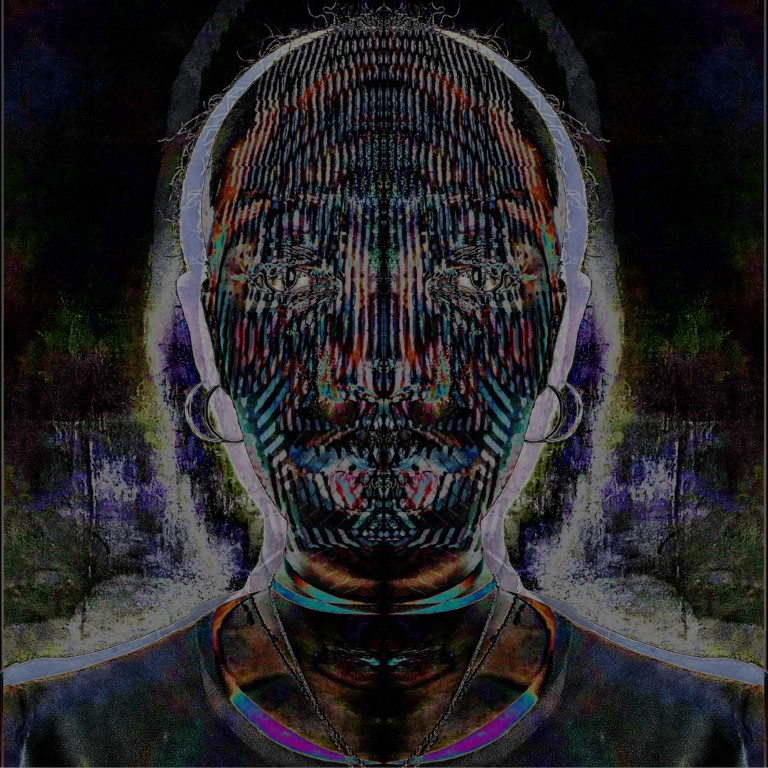
The photo series was also accompanied by Mistry’s film Don’t Freak (2022) which played on a silent loop to one side of the panel speakers. As the event got under way, I was struck by how Mistry and the IYP artists sat and spoke in front of the works, and how the video monitor resembled the TV in a sitting room. I enjoyed the multiplicity of portraits on offer; the live speaking versions, those captured on aluminium and the moving image work. My eyes bounced around the room, occasionally snatching a subtitle or two, juxtaposing words tumbling from the mouths of speakers. All in all, an enhancing and kaleidoscopic experience. You didn’t have to make sense of it all in the moment, you just needed to be there and drink it in.
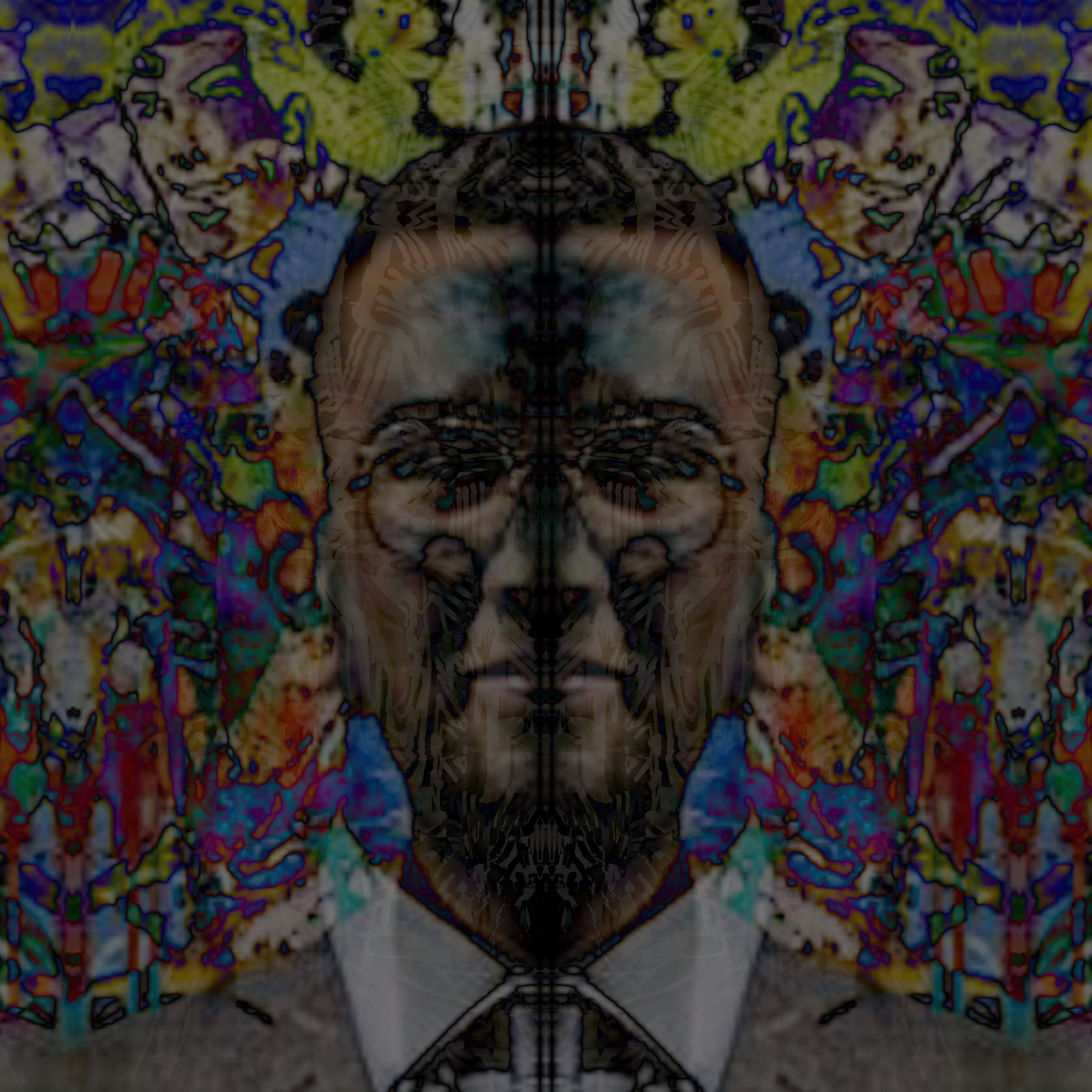
Billed as an exploration of themes of masking, societal pressures and expressing identity as young people, this was a tender and heartwarming discussion in which it became clear that the collaboration had produced a mutual impact on both the artist and young people. Mistry is a natural collaborator and despite (or because of) a genuine lack of ego, this work is both a personal and creative triumph, marking him out as an asset to art organisation programming, both as an artist and a facilitator.
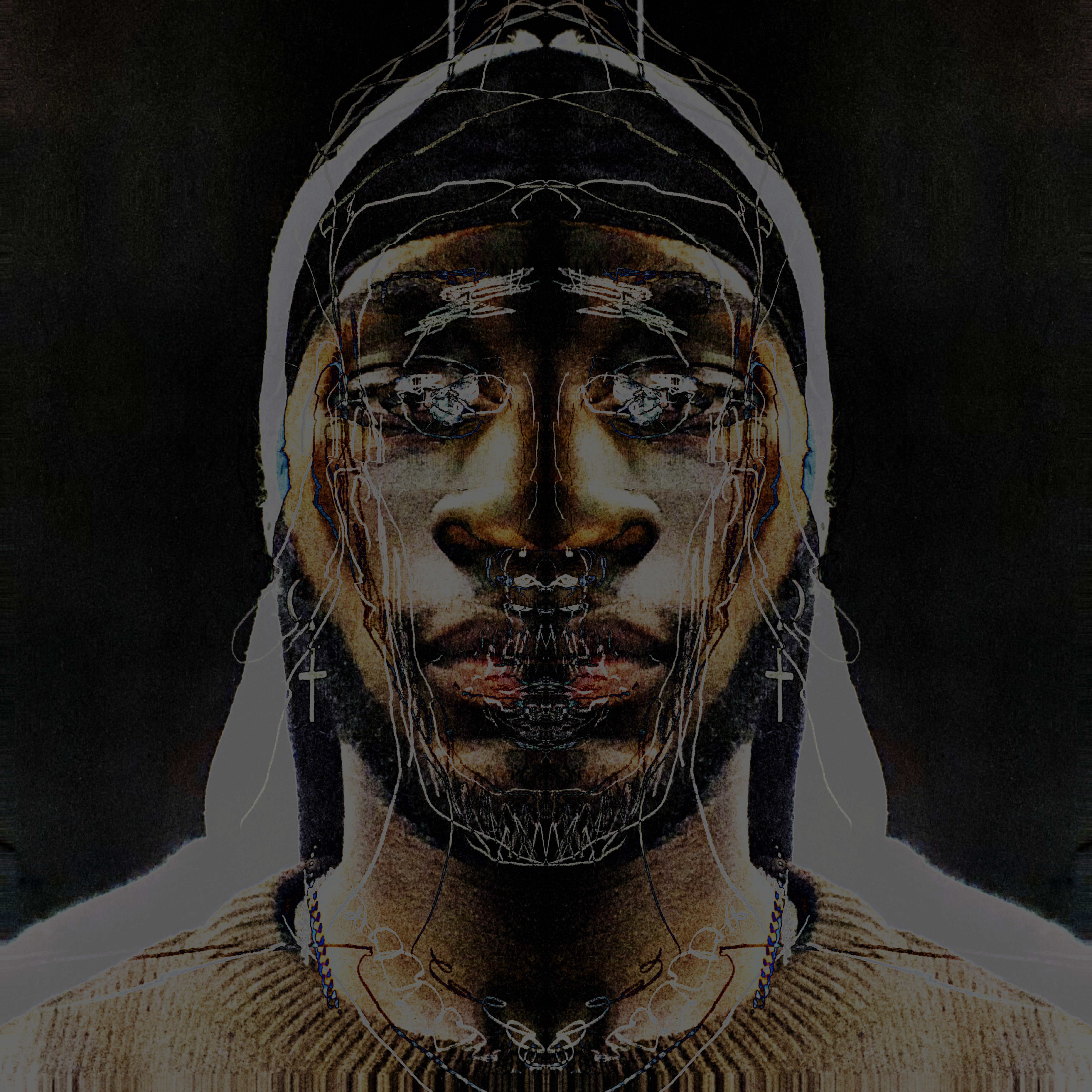
As the evening drew on, it became evident to me as a neurodivergent person (and one who has just written a book about neurodivergent unmasking*), that this project was not specifically about any one marginalised group or identity. Mistry is ever concerned with intersectionality and universal connection. I think this exhibition and event signalled a moment, not only in the life of the principal artist, but one in which those present were also thinking differently about programming and presenting engagement work. Without making it the objective, in inviting Mistry to undertake this work, Ikon have demonstrated both the importance and value of neurodivergent practice as integral to the ‘mainstream’ offer.
* Sonia Boué, Neurophototherapy: Playfully Unmasking with Photography and Collage, 2023, ISBN 9781399969291
About the writer
Sonia Boué is an Anglo-Spanish artist and writer who was born in Birmingham, England. Her socially engaged practice includes both solo and participatory projects. Sonia has worked across many forms to explore significant aspects of her lived experience, including an extensive body of works relating to a family history of political exile following the Spanish Civil War. As part of this autobiographical strand of practice Boué has worked with BBC Radio 4 and Tate Britain. She turned to photography and collage during the pandemic to explore her neurodivergent identity, leading to the publication of her Neurophototherapy Project, which was funded by Arts Council England and is hosted by Autograph.
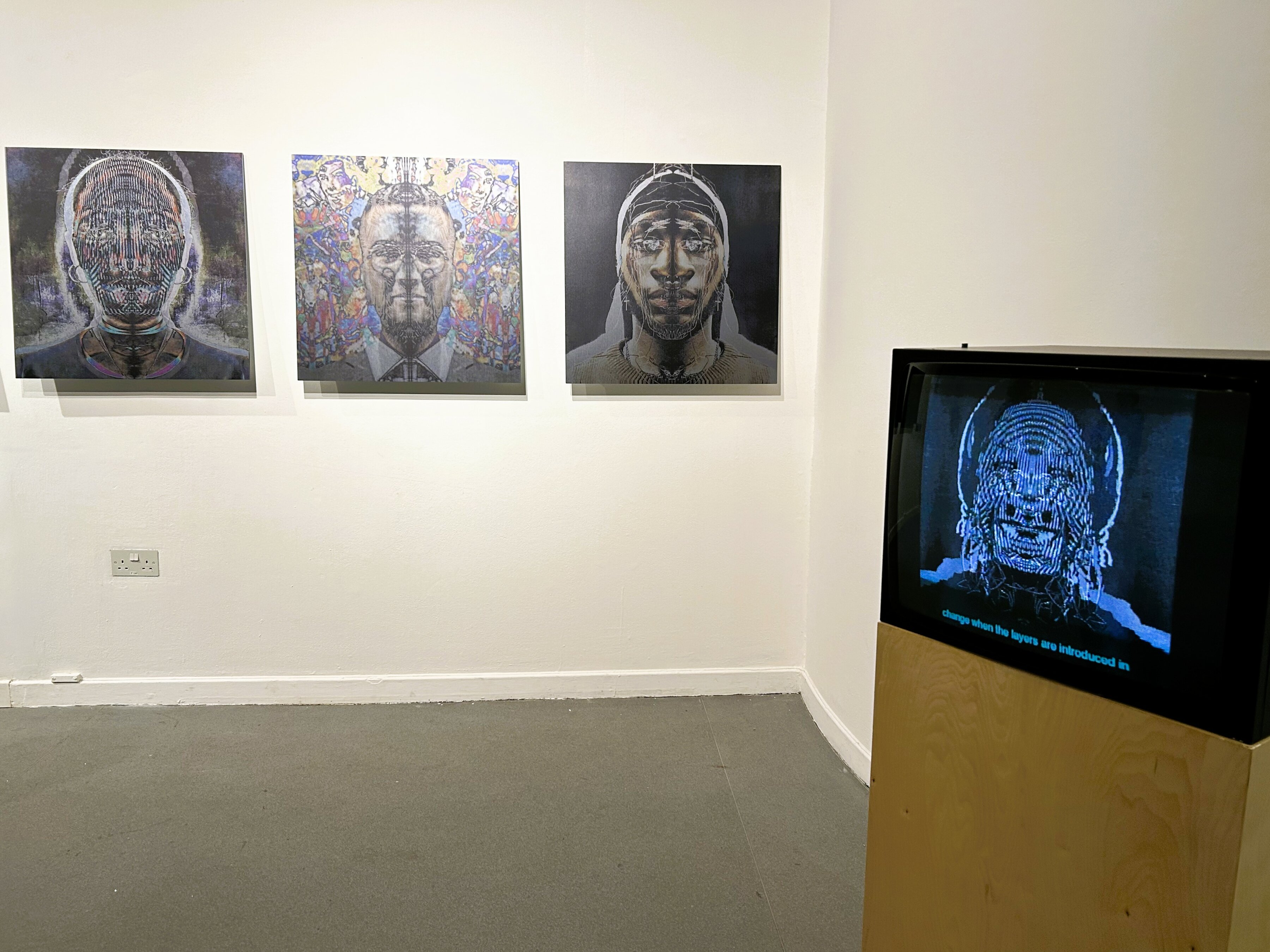
Related

